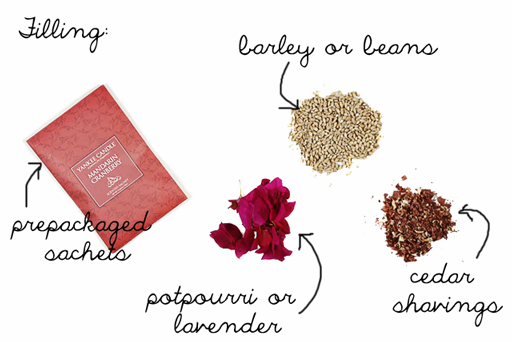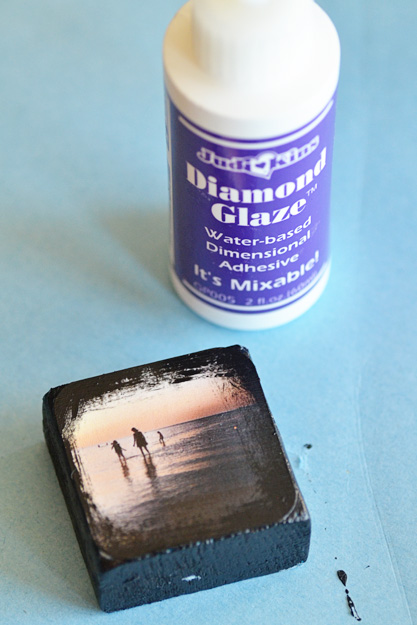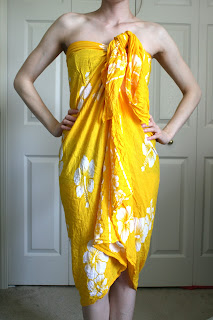Oils for engines
Good boots
Maps
Rope
Duct Tape
Spare Wood
Hand tools
Carry system
Knee-pads
Camouflage
Backup Solar Power
Bolt cutters
When we talk about survival, there are certain items that immediately come to mind. We start with the discussion of beans, bullets and band-aids. This logically flows to having at least a 30 day supply of food, firearms and ammo to defend your home or retreat and medical instruments and supplies to take care of a variety of injuries in an emergency. This gets you the basics and then we talk about extending those provisions to last longer time periods, support more extreme scenarios or to include additional bodies.
On top of the basics, we have allowances for backup power, usually in the form of solar panels for long term energy self-reliance or generators for short-term needs. Stored fuel is brought in to alleviate gas shortages or to extend our reach to our bug out locations or power generators. Gardens and raising small animals rounds off the discussions nicely.
What we seldom talk about though are the little items that people can forget. These are often the easiest to procure, least costly and seemingly simple items that a lot of you may have around your house already. If not, you might kick yourself if the SHTF and you were without some of these.
Oils for engines
Often overlooked is oils and lubricants. You may have 50 gallons of gas stored up for your generator, but do you have any oil? Generators or any two cycle engines need oil to work, so it’s good to stock some away if you have to use any equipment. If you have used your generator, don’t forget to resupply. Not resupplying is a problem for many preppers (myself included) and is frankly stupid. You go through the pains of getting the supplies you need and a simple project around the house or camping trip requires some of those same supplies. It doesn’t matter if you have the world’s greatest first-aid kit. If it is empty of bandages because you used them to take care of cousin Bob when he split his head open at the last family reunion, you are screwed. If you use it, replace it.
Back to oil; make sure you have plenty for all of your equipment and more to share. This can be used for barter also and might help a neighbor out. If your neighbor has a tiller or chainsaw and you have the oil, you can make a deal.
Good boots
One of these days I will write a post about the best footwear for a survival situation, but for now let me simply state the importance of good leather boots. You need something that will protect your feet and hold up for a long time of abuse. Canvas hikers are really comfortable, but the soft soles wear quickly and a sharp stick can open them up. They may be great at wicking water, but if they are falling apart in 9 months of everyday use, are they really that great?
On the same subject, I see so many people nowadays running around in flip-flops. God forbid if something was to happen and you had to trek 40 miles over rough terrain. Good leather boots, maybe with steel toes will last a long time and can save your feet from a lot of pain. Redwing makes several great lines of boots and I believe they are still American made.
Read more here: http://www.theprepperjournal.com/2013/03/27/12-survival-items-you-may-have-overlooked/










































































